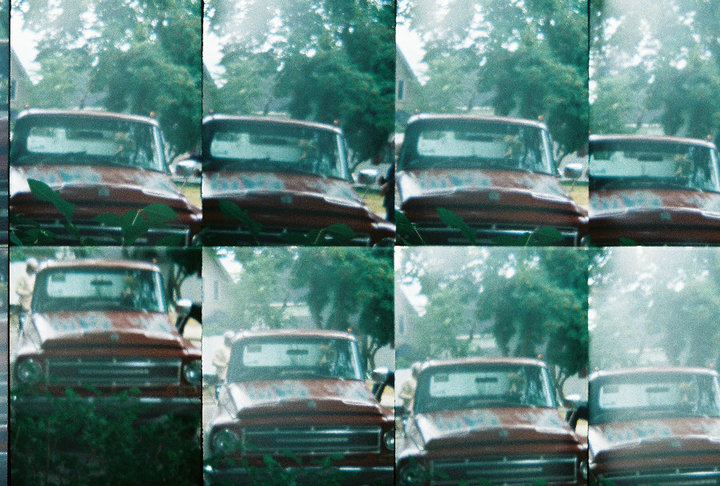John H. Vandermeer writes in The Ecology of Agroecosystems that there were three main appropriations of farm inputs that defined and drove the intensification of industrial agriculture: mechanization, soil fertility, and pest control. Prior to the world wars, farmers practiced a more “organic” style of agriculture not reliant on as many off-farm inputs. “In all cases,” he writes, “an inevitable consequence of the appropriation was the ultimate control of farm inputs by oligopolies.”1 For example, John Deere and Case dominated mechanical implements, BASF and Bayer dominated fertilizers, and DOW and Monsanto dominated pesticides. Historians have written elsewhere about this shift, which in the case of mechanization, goes all the way back to the bonanza farms of the 1880s which were only possible with the development of machinery by companies like McCormick in Chicago. This rationalization in the fields, or in the words of an IH advertisement used as the title and theoretical angle of Deborah Fitzgerald’s highly influential monograph, “Every Farm a Factory” mentality, was never fully realized, especially on the smaller vegetable farms of the Great Lakes region.2
Fitzgerald tracks the development of rational, academic-driven agriculture that she claims shifted “artisan” farmers into “farm managers.” Mechanization and chemicals deskilled the labor and shifted the perspective from qualitative ends to quantitative commodity production. While this may have been the case on many farms, especially those growing commodity grain crops, this narrative completely ignores the innovation in the fields by farmers. Still to this day, small-scale farmers spend an inordinate number of hours in workshops, designing and building machines that make their jobs easier. Not every farmer is on the farm implement treadmill.

This picture was taken on the Goodell farm in Stanton, Michigan about fifteen years ago. I am sitting on a seedling planter which is pulled behind a tractor. Flats of seedlings that were started in the greenhouse sit to the left of the operator. The wheel on the back makes a hole in the ground. The operator takes each seedling and sticks it in the hole. Leonard’s son saw one of these in action, looked around the scrap pile on the farm, and designed and built this machine. While the land grant/corporation oligopoly dominates, they do not have “ultimate control.”
- John H. Vandermeer. The Ecology of Agroecosystems; Jones & Bartlett Learning, LLC: Sudbury, 2010.
- Deborah Kay Fitzgerald, Every Farm a Factory: The Industrial Ideal in American Agriculture (Yale University Press, 2003).
